Material handling is a cornerstone of every industrial and construction operation, encompassing the movement, control, protection, and storage of materials throughout a project’s lifecycle. Among its many components, manual material handling equipment plays a foundational role—especially in smaller jobs, tight workspaces, or early project stages.
So, which is an example of manual material handling equipment?
The most common examples include wheelbarrows, hand carts, pallets, and manual lifting tools. These tools require human effort and are used in contrast to powered or automated handling systems like forklifts or cranes.
👉 What Does Material Handling Mean?
👉 What Is Material Handling?
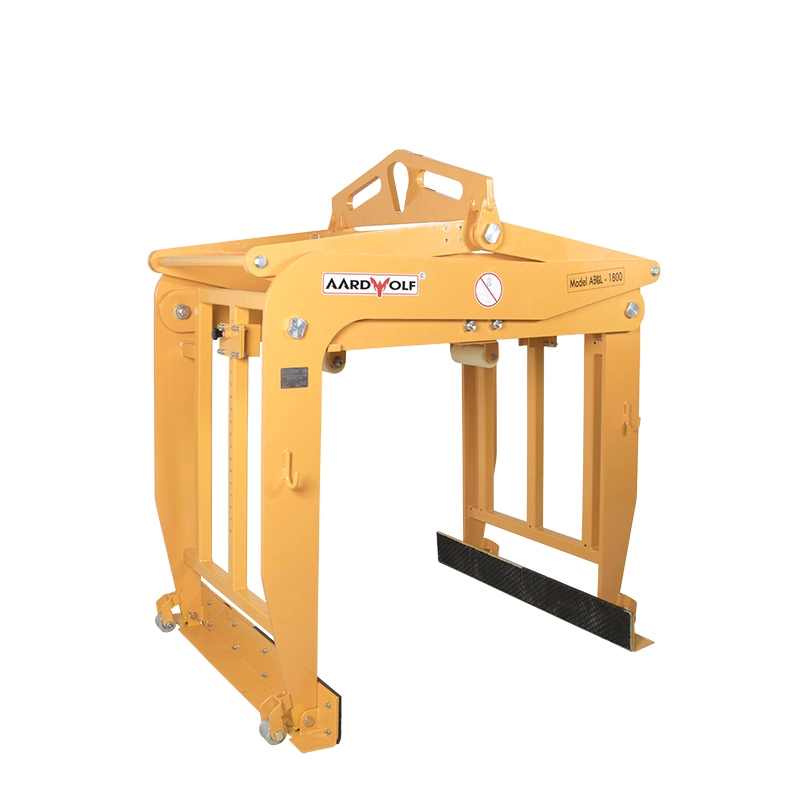
Table of Contents
ToggleWhat Is Manual Material Handling?
Manual material handling (MMH) refers to physically moving items by hand or using simple, non-powered tools. It’s the earliest and most accessible form of material transport and is still widely used due to its affordability and simplicity.
Tasks include:
- Lifting boxes or tools
- Carrying supplies across a job site
- Pushing or pulling loads on carts or trolleys
- Loading materials onto pallets by hand
👉 Which of the Following Is Manual Material Handling?
Examples of Manual Material Handling Equipment
Here are some widely used manual handling tools that contribute to construction site logistics, small-scale transport, and onsite workflow:
🛠 Wheelbarrows
One of the oldest and most versatile MMH tools. Wheelbarrows help in transporting materials on job sites, such as cement, soil, bricks, or waste.
- Easy to maneuver
- Ideal for short distances
- Works well in uneven terrain
🛠 Hand Carts
Used for transporting boxes, tiles, equipment, and tools. They come in different forms, from platform carts to upright trolleys.
- Reduce the strain of manual lifting
- Efficient for indoor and narrow aisle use
🛠 Pallets
While often associated with forklifts, pallets are also used manually for stacking and organizing materials during loading or storage.
- Enhances material storage solutions
- Allows grouping of multiple items for efficient movement
🛠 Lifting Straps and Slings
Used for two-person lifts, these help balance weight and reduce individual strain.
- Common on smaller lifting equipment for construction sites
- Safer alternative to raw manual lifting
These tools differ significantly from powered devices like Aardwolf Slab Lifters or Vacuum Lifters, which are motor-assisted and better suited for heavier loads.
Manual vs. Motorized Material Handling Equipment
| Feature | Manual Equipment | Motorized Equipment |
|---|---|---|
| Power Source | Human effort | Electric, hydraulic, pneumatic |
| Common Tools | Wheelbarrows, carts, pallets | Forklifts, cranes, vacuum lifters |
| Labor Requirement | High | Low to medium |
| Cost | Low upfront | Higher initial investment |
| Risk of Injury | Higher if improperly used | Lower with training and automation |
👉 Which of the Following Is a Motorized Material Handling Device?
Benefits of Manual Material Handling Equipment
✅ Cost-Effective
No power source required, no mechanical parts to maintain—ideal for budget-conscious operations.
✅ Easy to Use
Minimal training required. Workers can begin handling with just basic guidance.
✅ Flexible in Tight Spaces
Perfect for tight corners, uneven terrain, or where motorized equipment can’t fit.
Risks and Challenges of Manual Handling
Despite its simplicity, manual handling has some drawbacks:
⚠️ Higher Risk of Injury
Improper lifting techniques can lead to back injuries, muscle strain, or joint stress.
⚠️ Lower Efficiency for Heavy Tasks
Time-consuming and exhausting for repetitive or heavy lifting.
⚠️ Increased Labor Cost in Larger Operations
More workers are needed to handle what a forklift or crane could manage quickly.
To overcome these challenges and reduce labor cost in construction, transitioning to motorized equipment may be necessary as the project scales.
When to Use Manual Equipment in Construction
Manual tools are best used when:
- Handling lightweight materials
- Operating in confined spaces
- Performing one-off or short-distance moves
- Working on tight project budgets
They are often seen early in site preparation and for tasks like tile delivery, equipment placement, or general clean-up.
👉 Material handling Equipment
👉 What Is Material Handling Equipment
Enhancing Safety with Manual Handling Tools
To improve safety on construction sites, follow these tips:
- Train workers on proper lifting techniques and ergonomic movements.
- Use carts and wheelbarrows instead of carrying heavy items manually.
- Organize site layout for short movement paths.
- Use pallets for stackable items and keep them at waist level to avoid bending.
- Encourage team lifts when needed.
For hazardous material scenarios, always reference proper protocols:
👉 When Handling Hazardous Materials, You Should?
When to Transition to Motorized Equipment
As job size increases or materials become heavier, upgrading to mechanized systems can increase construction productivity and minimize material waste.
Consider the following tools:
- ✅ Aardwolf Slab Lifters – Ideal for lifting and positioning heavy stone or metal slabs
- ✅ Vacuum Lifters – Great for delicate or smooth surfaces like glass, polished stone
- ✅ Jib Cranes – Suitable for compact areas needing vertical lift assist
Conclusion
Which is an example of manual material handling equipment?
Simple, hand-powered tools like wheelbarrows, carts, pallets, and lifting straps are excellent examples. They remain vital for small-scale tasks, tight spaces, and low-cost environments—especially in the early stages of construction.
However, combining manual tools with motorized material handling devices creates a balanced, efficient, and safe operation that scales with your project.
Learn more about:
👉 What Does Material Handling Mean?
👉 Which of the Following Is Manual Material Handling?
👉 Which of the Following Is a Motorized Material Handling Device?
Ready to scale up? Explore top-of-the-line equipment with:
✅ Aardwolf Slab Lifters
✅ Vacuum Lifters
✅ Jib Cranes

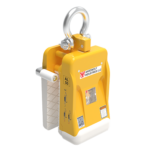
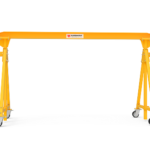
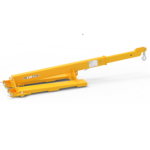
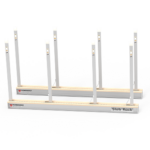
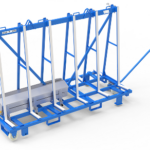

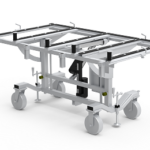
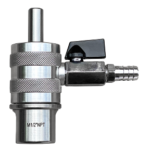
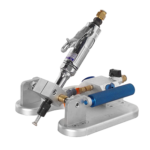
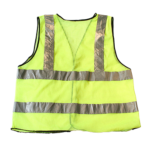

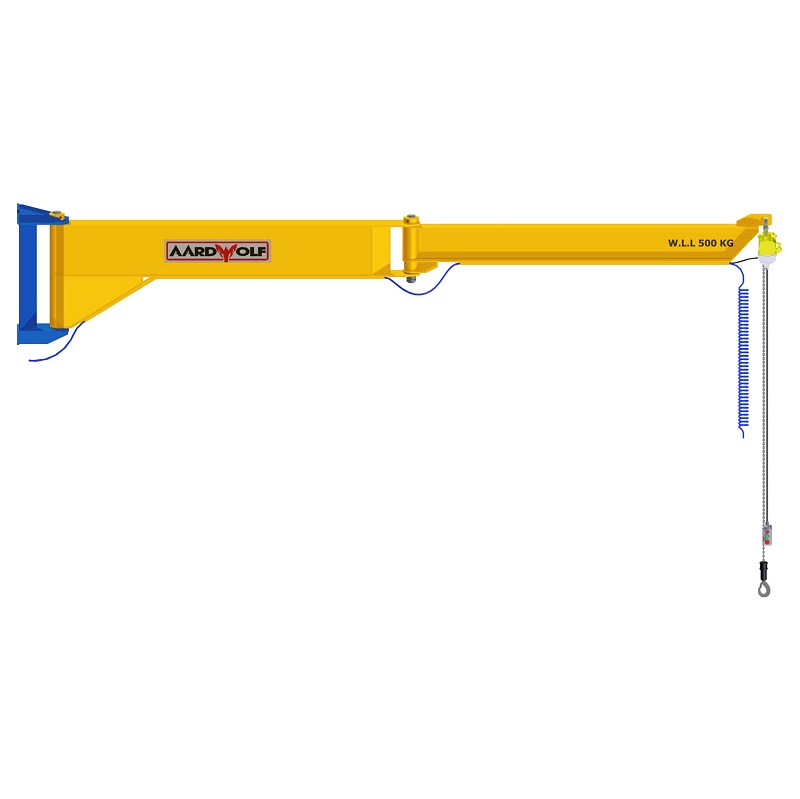
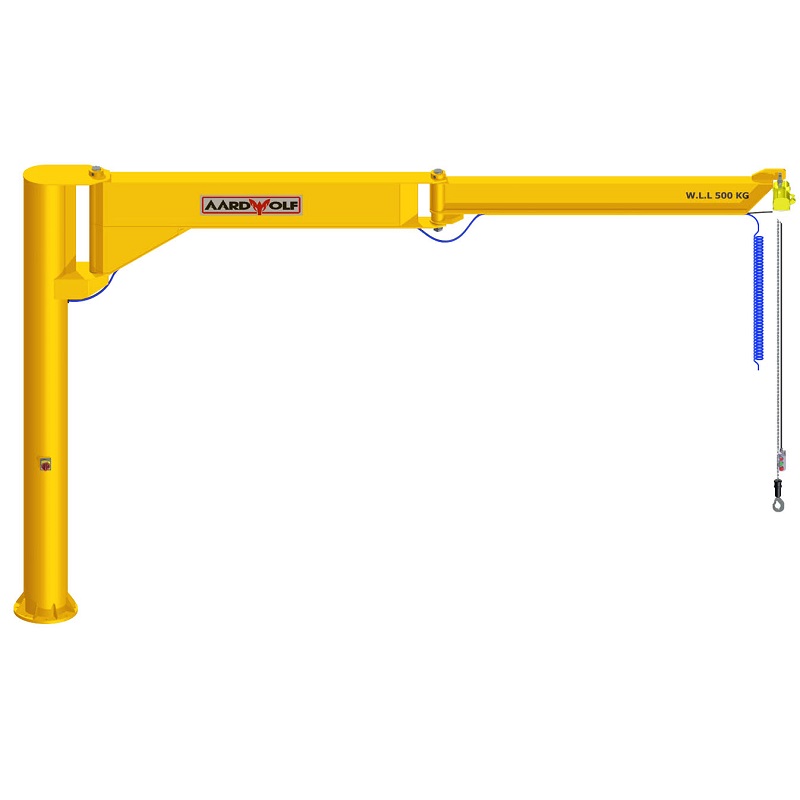
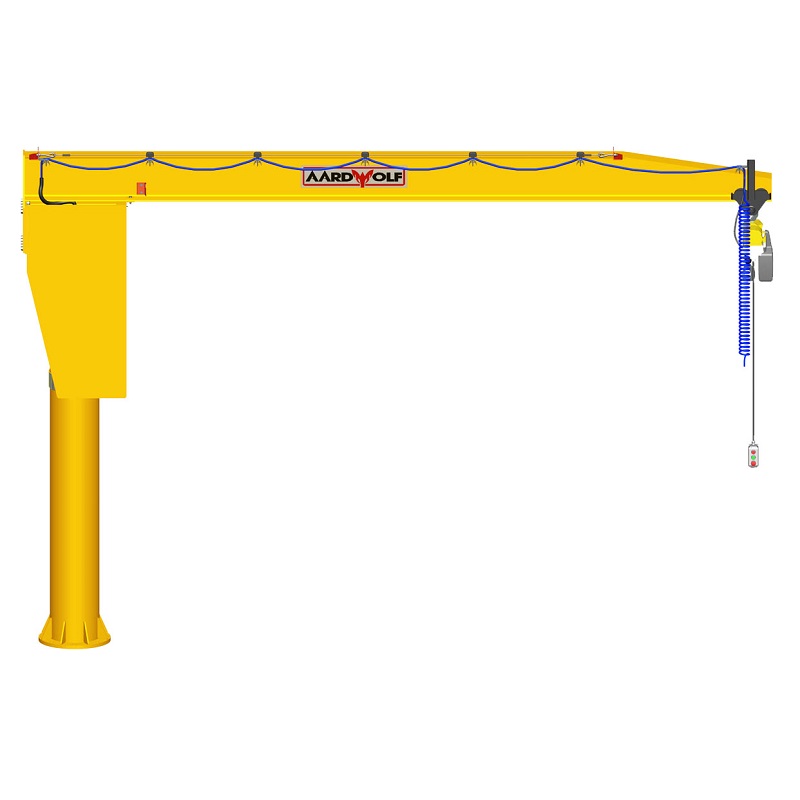


Please log in to leave a comment.